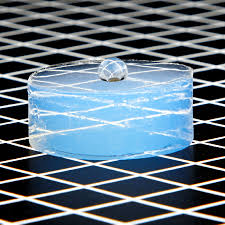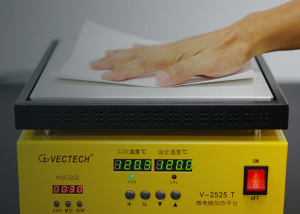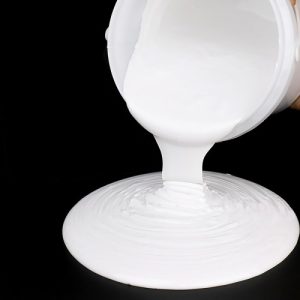Professional industry ceramic supplier, silicon nitride, silicon carbide, aluminum nitride and any other kinds of ceramics.
1. Introduction
So, you’ve got a shiny new silicon carbide crucible. Great! It can handle temperatures that would melt your kitchen oven into a puddle of regret. But here’s the catch: treat it like a regular pot, and it’ll crack faster than your Wi-Fi during a Zoom call.
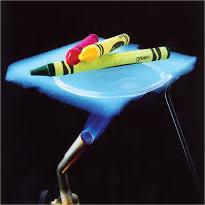
Silicon carbide crucibles are tough, yes—but they’re not indestructible. Whether you’re melting metals, firing ceramics, or just trying to impress your lab mates, this guide will help you avoid rookie mistakes and squeeze every last degree out of your crucible’s lifespan.
2. Understand What Makes Silicon Carbide Special (and Fragile)
Silicon carbide isn’t your grandma’s stoneware. It’s an advanced ceramic known for insane thermal conductivity, chemical resistance, and strength at high temps. That’s why you’ll also see silicon carbide ceramic tiles, silicon carbide burner nozzles, and even rbsic silicon carbide tile blocks in industrial settings.
But—plot twist—it’s brittle. Unlike ductile metals, silicon carbide doesn’t bend; it snaps. So sudden temperature swings? Big no-no. Think of it like a diva who only performs under perfect lighting… and a very slow warm-up.
3. Preheat Like Your Crucible’s Life Depends on It (Because It Does)
Never, ever toss a cold silicon carbide crucible straight into a roaring furnace. Thermal shock is the #1 killer of crucibles—and it happens faster than you can say ‘boron carbide vs silicon carbide.’
- Always ramp up the temperature slowly: 100–150°C per hour until you hit 600°C.
- Hold at 600°C for 30–60 minutes to let moisture and stresses relax.
- Then gradually increase to your operating temperature.
Yes, it takes time. But replacing a $500 crucible takes more money—and dignity.
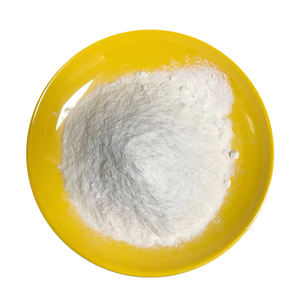
4. Avoid Contamination Like It’s a Bad Ex
Silicon carbide crucibles hate certain metals and slags. Aluminum? Fine. Lead or zinc? Not so much—they can react and eat through the walls like acid on paper.
Also, never use the same crucible for different alloys without thorough cleaning. Residue from one melt can poison the next batch—or worse, weaken the crucible structure.
And please, for the love of all things refractory: do NOT use your silicon carbide crucible as a silicon carbide ceramic baking dish. No, not even for sourdough. (We’ve seen it. Don’t be that person.)
5. Handle With Care—It’s Not a Hammer
Even though silicon carbide is harder than most things in your workshop, it chips if dropped or struck. Always use tongs designed for crucibles—not pliers, not chopsticks, and definitely not your bare hands (unless you enjoy third-degree burns).
Store it on a flat, dry surface. Stacking? Only if you’ve got protective spacers. And never force a lid—silicon carbide rings and lids expand differently than the body.
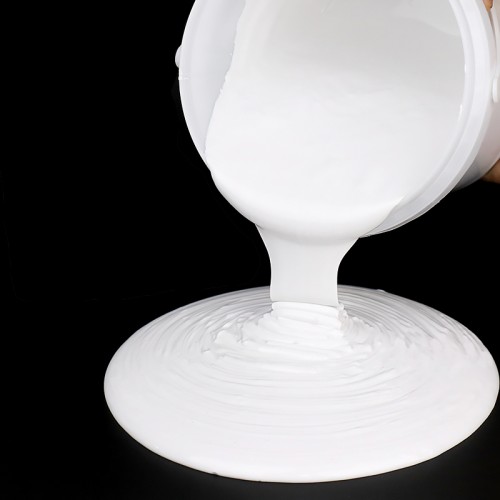
6. Know When to Retire It
Crucibles don’t last forever. Watch for these red flags:
- Visible cracks or hairline fractures
- Swelling or warping of the walls
- Glazed or eroded inner surfaces
- Slower heating or uneven temperature distribution
If your crucible looks like it’s been through a dragon’s digestive tract, it’s time to say goodbye. Pushing it further risks catastrophic failure—and molten metal spills are not a good look.
7. Bonus: Silicon Carbide vs. Other Advanced Ceramics
Wondering why not use a zirconia crucible or silicon nitride crucible factory-made alternative? Great question!
Zirconia crucibles handle even higher temps but cost more and are trickier to manufacture. Silicon nitride ceramic parts—like a custom silicon nitride heat shield or silicon nitride plate—are fantastic for thermal shock resistance but less common for bulk melting.
Meanwhile, boron carbide vs silicon carbide debates usually center on hardness and neutron absorption (hello, nuclear apps!), not crucibles. For most foundry or lab work, silicon carbide hits the sweet spot of performance, cost, and availability.
8. Conclusion
Your silicon carbide crucible is a high-performance tool—not a kitchen gadget, not a paperweight, and certainly not a substitute for silicon carbide ceramic dinner plates (yes, those exist, but please don’t melt bronze in them).
Treat it with respect: preheat gently, avoid contaminants, handle like fine china, and retire it before it retires you—via explosion. Do that, and your crucible will reward you with years of reliable, high-temperature service. And maybe a little less drama than your last relationship.
Our Website founded on October 17, 2012, is a high-tech enterprise committed to the research and development, production, processing, sales and technical services of ceramic relative materials such as How. Our products includes but not limited to Boron Carbide Ceramic Products, Boron Nitride Ceramic Products, Silicon Carbide Ceramic Products, Silicon Nitride Ceramic Products, Zirconium Dioxide Ceramic Products, etc. If you are interested, please feel free to contact us.



